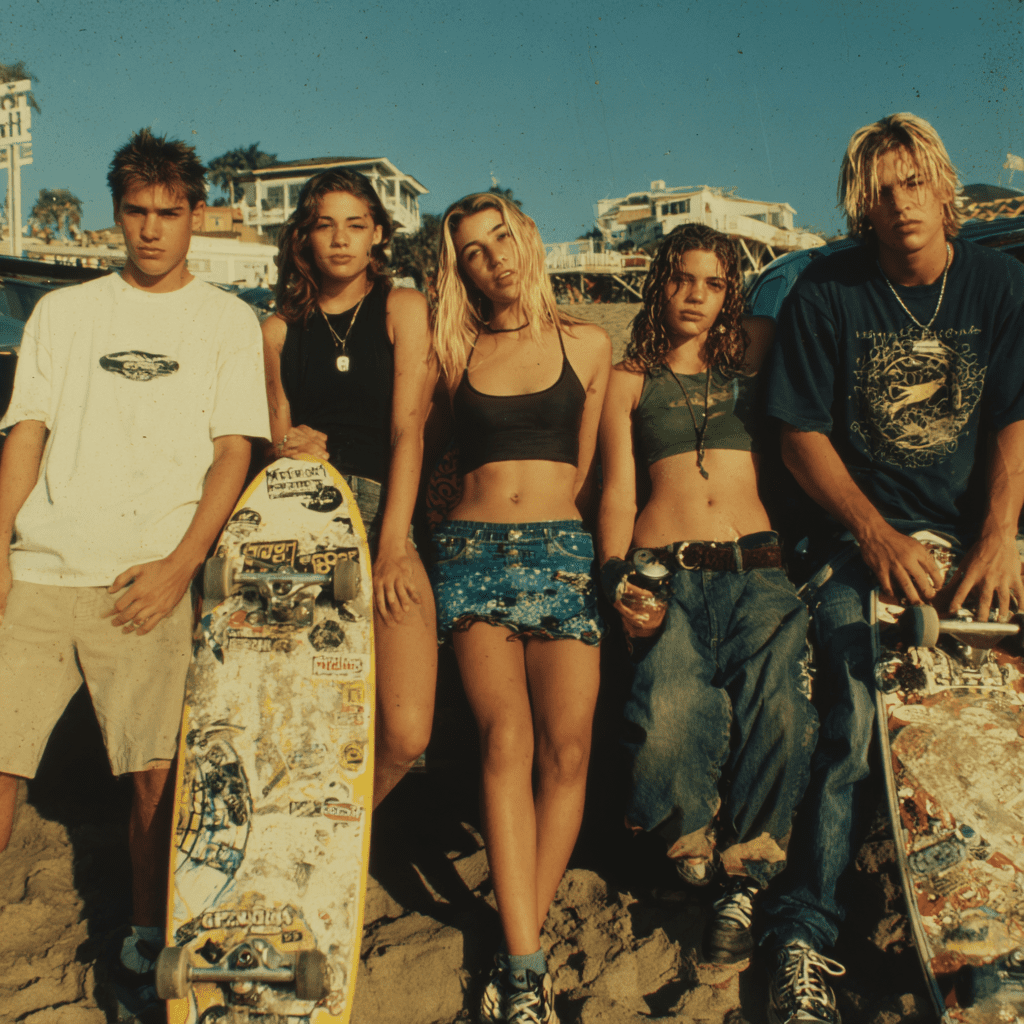
The summer of the 1990s in California was a vibrant mix of sun-drenched beaches, iconic pop culture, and a youthful, rebellious spirit. It was a time when surfboards, grunge music, and streetwear defined a generation, shaping the California lifestyle for years to come. Let’s take a journey back to that unforgettable era — from beaches to fashion, and stars to social shifts.
The Beaches and Surf Culture
California’s coastline has long been the heart of surf culture—and the 1990s saw it thrive.
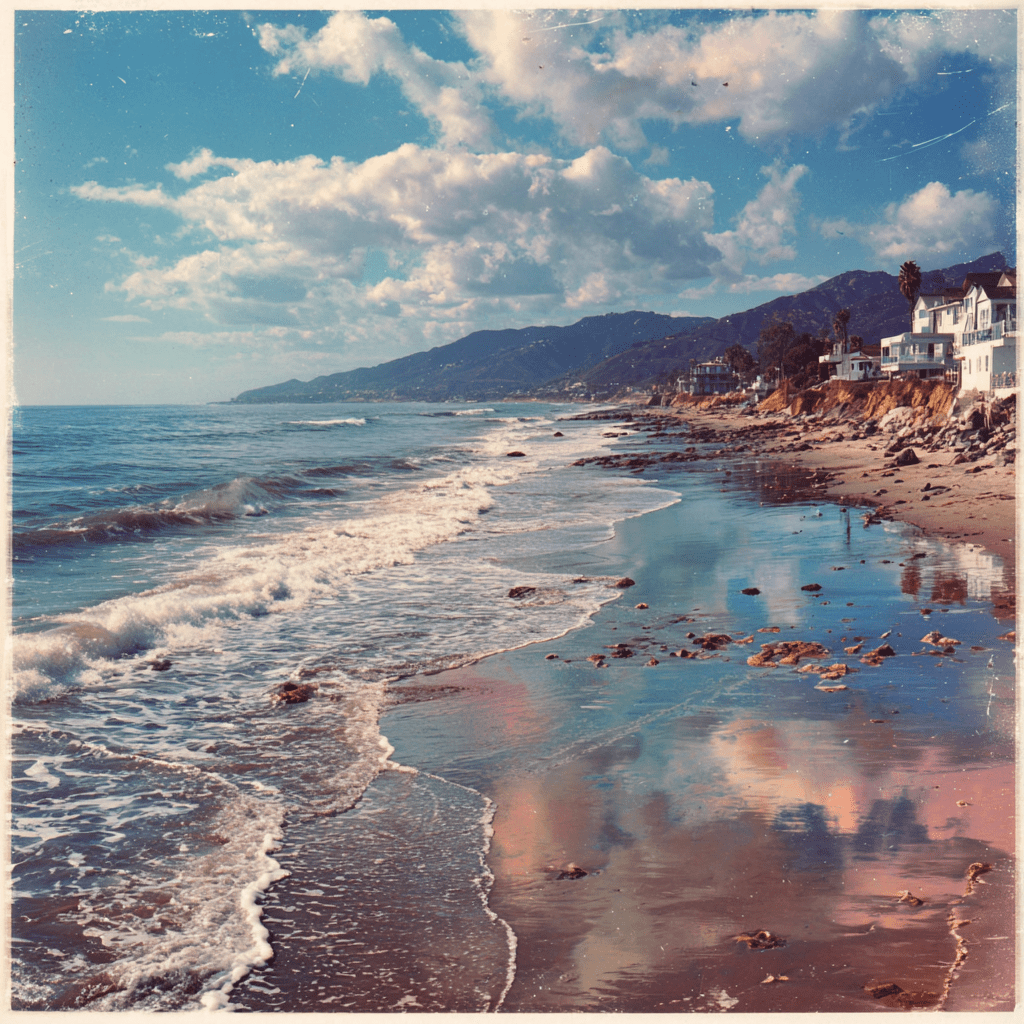
From the legendary waves of Huntington Beach to the relaxed shores of Santa Cruz, surfers chased the perfect swell amidst a scene that was both competitive and laid-back. The summer of 1990, in particular, was marked by surfboard innovations and big competitions that drew crowds worldwide.
Malibu’s beaches buzzed with families, skaters, and sunbathers soaking up the rays. Surf shops like Ron Jon’s and local favorites sold the latest boardshorts and bikinis, fueling that quintessential California surf vibe.
Pop Culture & Fashion Trends
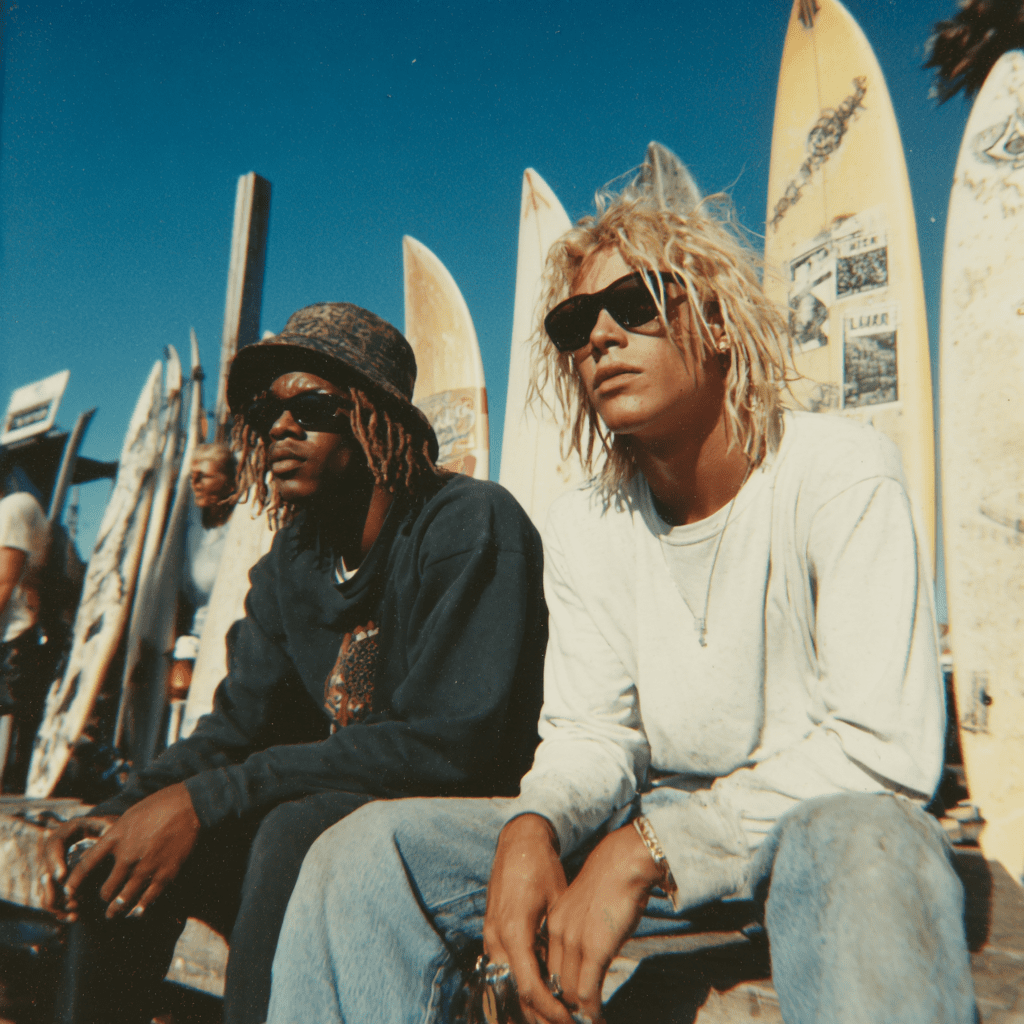
The 90s was a melting pot of music, movies, and fashion that captured the era’s spirit. Grunge legends like Nirvana and Pearl Jam ruled the airwaves, their rebellious tunes echoing across college campuses and outdoor festivals. Meanwhile, hip-hop was rising fast, with Los Angeles becoming a hub for rap and streetwear.
Blockbusters like Point Break and Clueless embodied that California summer vibe—surfing, skateboarding, teenage rebellion—and influenced fashion trends. Think baggy jeans, flannel shirts, crop tops, platform shoes, and bold accessories. These styles created a look that’s still iconic today.
The Celebrities of the Summer
Throughout the 1990s, California’s entertainment and sports stars captured the world’s imagination:
Famous Californians & Icons of the 1990s
- Actors/Actresses:
Leonardo DiCaprio (Romeo + Juliet, Titanic), Winona Ryder (Reality Bites), Drew Barrymore (her “wild child” reinvention years), Cameron Diaz (The Mask, 1994), Keanu Reeves (Speed, The Matrix), and Jennifer Aniston (Friends) set trends not just in film but also in fashion. - Musicians:
Tupac Shakur (moved to LA, became the face of West Coast rap), Dr. Dre (pioneering producer of G-funk), Snoop Dogg (Long Beach), Red Hot Chili Peppers (LA funk-rock icons), No Doubt (Anaheim), Green Day (Berkeley), and Sublime (Long Beach surf-punk reggae fusion). - Tech Pioneers:
Steve Jobs and Steve Wozniak reestablished Apple in Cupertino, Larry Page and Sergey Brin founded Google at Stanford in 1998, and Marc Andreessen launched Netscape from Silicon Valley in 1994, ushering in the modern internet. - Sports Stars:
California teams thrived: the Lakers (with Shaquille O’Neal and Kobe Bryant by 1996), the San Francisco 49ers (Super Bowl XXIX champions, 1995), and baseball stars like Barry Bonds (San Francisco Giants). - Pop Culture Figures:
Pamela Anderson (Baywatch) became a global symbol of California’s beach image. Supermodels like Cindy Crawford and Claudia Schiffer graced covers but also tied into LA’s luxury lifestyle. Clueless made Alicia Silverstone a fashion icon.
In the summer of 1990 specifically, Madonna’s bold style and music videos kept her in the spotlight, Vanilla Ice’s “Ice Ice Baby” topped charts, and MC Hammer’s dance hits defined the dance floor.
Pop Culture & Trends
- TV & Film:
California-based productions dominated: Beverly Hills, 90210, Saved by the Bell, and Baywatch defined teenage and beach life. Clueless (1995), set in Beverly Hills, epitomized California teen style. The rise of independent cinema in LA also put films like Pulp Fiction (1994) and Boogie Nights (1997) into the spotlight. - Music & Festivals:
Warped Tour (launched in 1995) celebrated punk/skater bands. Lollapalooza toured through California, mixing alternative, punk, and hip-hop. In 1999, Coachella Valley Music and Arts Festival was born, which would later become one of the world’s most influential festivals. - Skate & Surf culture:
Tony Hawk became a household name with the X Games. Southern California was the birthplace of skateparks and street skating culture. Surf magazines and MTV coverage made Huntington Beach the “Surf City.” - Technology shift:
The internet era began: AOL discs in mailboxes, Netscape Navigator as the dominant browser, and dot-com start-ups in San Francisco and Silicon Valley. California youth were among the first to use instant messaging, online gaming, and early cell phones (Motorola flip phones, Nokia “brick” phones).
Fashion Trends in 1990s California
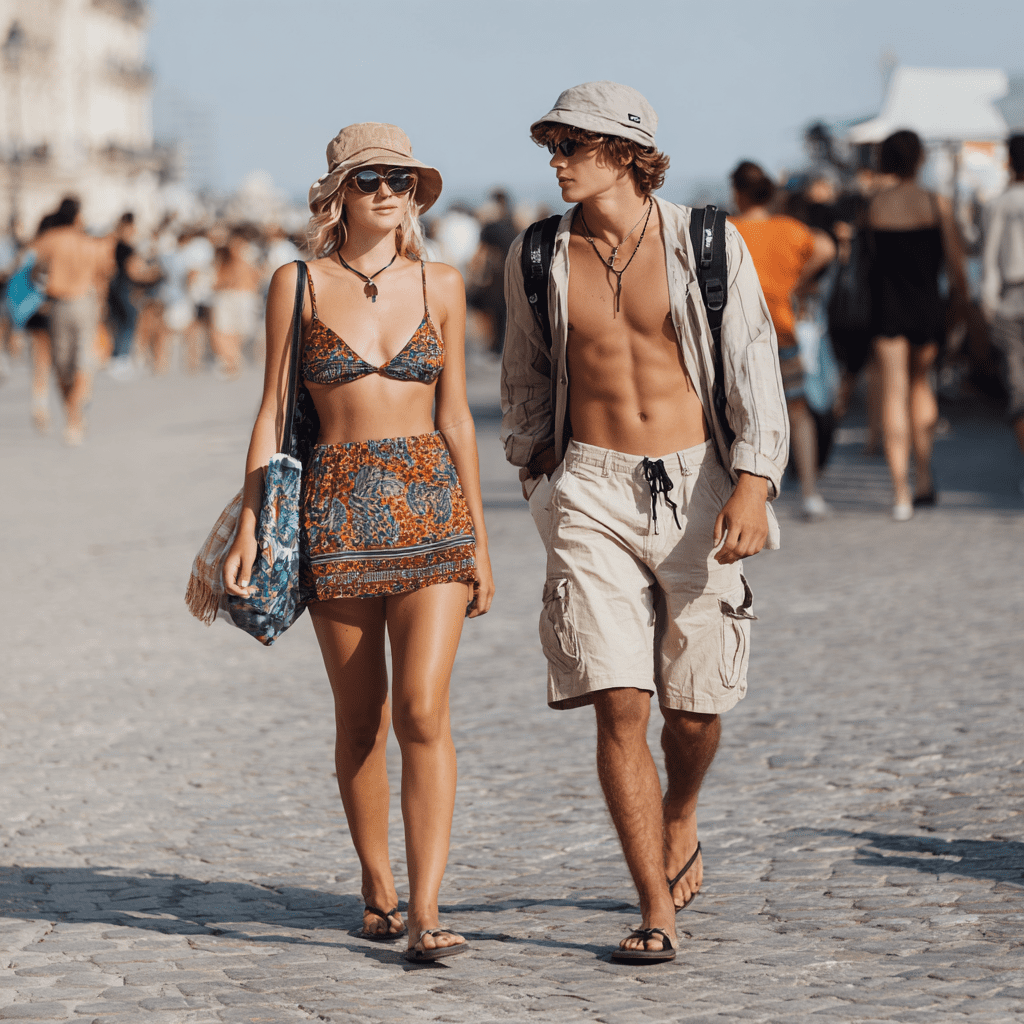
- Skater style:
Baggy jeans (often Levi’s or Dickies), oversized hoodies, logo tees, chain wallets, and Vans shoes were staples. Brands like Volcom, Stüssy, and Supreme (though NYC-based, it was huge in California) were adopted by skaters. Thrasher Magazine amplified the look. - Grunge & alternative:
Though grunge originated in Seattle, it spilled into California youth culture. Flannel shirts layered over band tees, ripped jeans, combat boots (Doc Martens), and chokers were common, especially in Bay Area college towns like Berkeley. - Hip-hop fashion:
Los Angeles street style shaped the world. Oversized jerseys, Timberland boots, bandanas tied “West Coast” style, FUBU, Karl Kani, and Adidas gear became mainstream. Tupac’s bandana-and-baggy-jeans look was copied across the globe. Lowrider car culture in East LA influenced accessories and aesthetics—plaid shirts buttoned only at the top, khaki pants, and Nike Cortez sneakers were staples in Chicano communities. - Beachwear:
California’s surf brands exploded globally. Billabong, Quiksilver, Roxy, and O’Neill dominated. Board shorts, crop tops, spaghetti strap dresses, and bucket hats were everyday wear. Flip-flops and slouchy backpacks reinforced the laid-back coastal vibe. - Club fashion:
The Hollywood nightlife introduced slinky slip dresses, sequined tube tops, shiny metallics, platform shoes, and butterfly hair clips. Think Clueless (1995), Britney Spears, and Christina Aguilera style for the younger crowd. - Minimalist chic:
Stars like Jennifer Aniston and Gwyneth Paltrow popularized clean silhouettes—slip dresses in solid colors, simple tank tops with straight-leg jeans, blazers over plain tees, and neutral palettes. Calvin Klein ads with Kate Moss and Mark Wahlberg echoed this understated aesthetic.
The New Trends of the 1990s
As the decade moved forward, fashion became more authentic and relaxed, reflecting broader cultural shifts:
- Grunge & Alternative: Ripped jeans, oversized flannel shirts, band T-shirts, combat boots—an anti-fashion statement.
- Baggy & Oversized: Loose T-shirts, cargo pants, and relaxed fits.
- Athleisure & Sportswear: Tracksuits, sneakers, sporty accessories—blurring lines between athletic and casual.
- Minimalism: Simple silhouettes like slip dresses, plain tank tops, earth tones—more understated elegance.
- Streetwear & Youth Culture: Baseball caps, bucket hats, graphic tees, layered jewelry—street style influenced by hip-hop and skateboarding.
- Natural Beauty: Less makeup, messy hairstyles—embracing authenticity.
Cultural & Social Shifts
The summer of the 90s was also a time of social change. The 1992 Los Angeles riots sparked discussions about race and justice, yet Californians found comfort in music, sports, and shared culture—embodying that carefree, rebellious attitude.
The Enduring Legacy
Looking back, the summer of the 1990s in California epitomizes youthful exuberance, cultural innovation, and natural beauty. From the surf breaks to city streets, it was a time when dreams as vast as the Pacific and as bright as the California sun seemed within reach.
How was it different from the 1980s summer fashion?
The 1980s were all about bold, flashy, and oversized styles—neon colors, shoulder pads, big hair, and glamorized athletic wear that shouted confidence and wealth. In contrast, the 1990s embraced a more relaxed, authentic look—grunge-inspired ripped jeans, oversized flannel shirts, earth tones, minimal accessories, and streetwear that prioritized comfort and self-expression over showiness. The shift reflected broader cultural changes: from material excess to authenticity, rebellion, and individuality.
Today, that spirit lives on in California’s beaches, festivals, and fashion. The 90s’ style—rebellious, authentic, and laid-back—continues to influence modern trends, inspiring new generations to embrace individuality and freedom.
So, 1990s California wasn’t just one style or one scene — it was a mosaic of Hollywood glamour, Silicon Valley innovation, West Coast hip-hop, surf/skate lifestyles, and minimalist fashion trends, all coexisting and influencing the world.
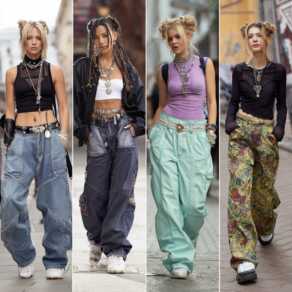
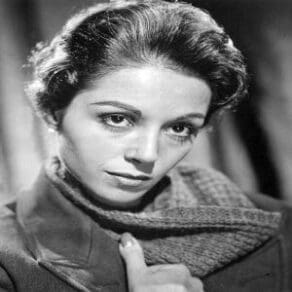
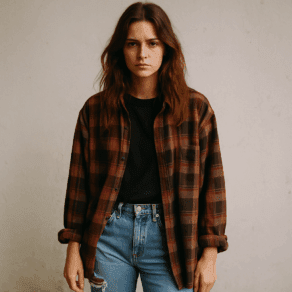
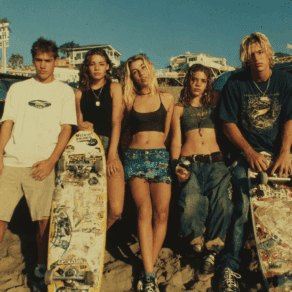

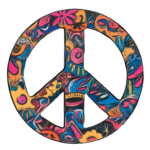
Leave a Comment